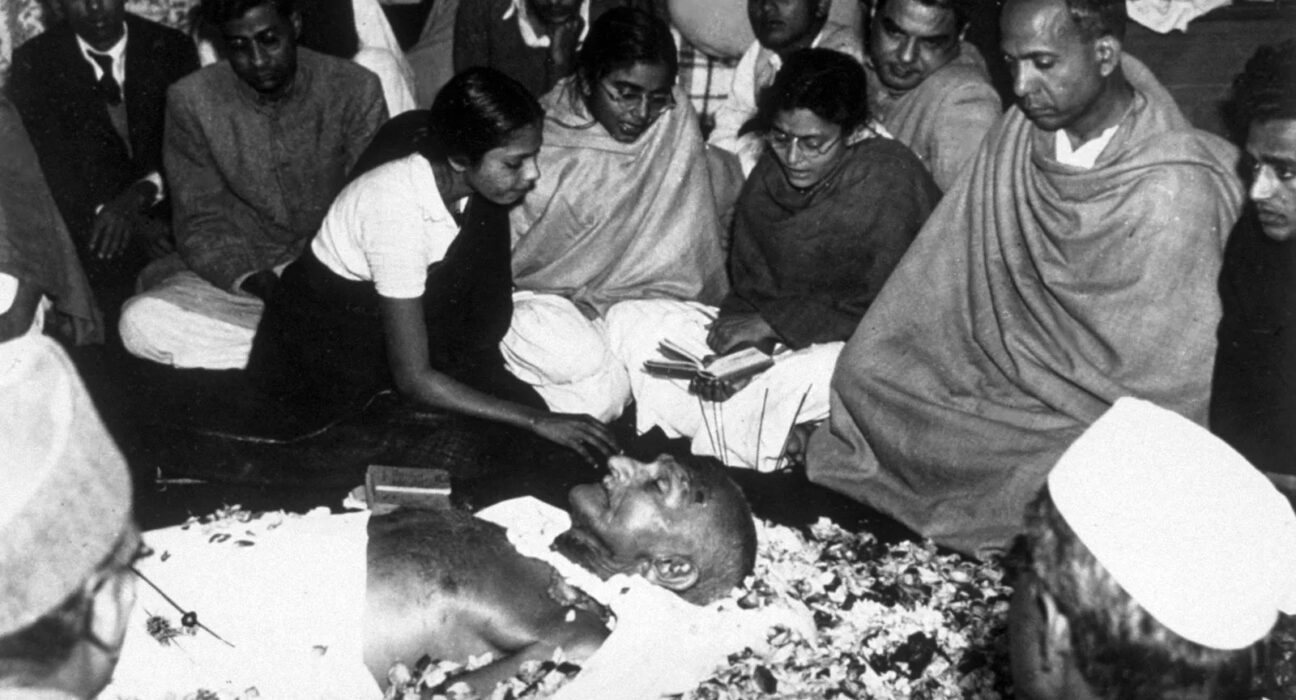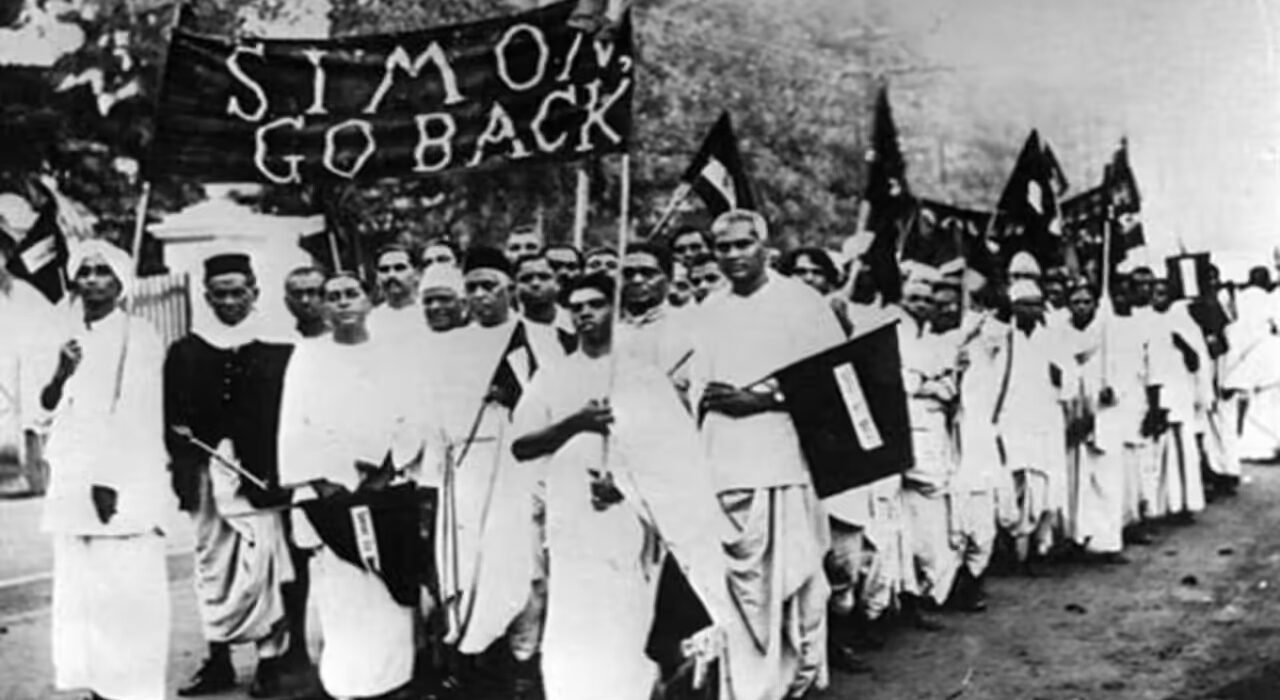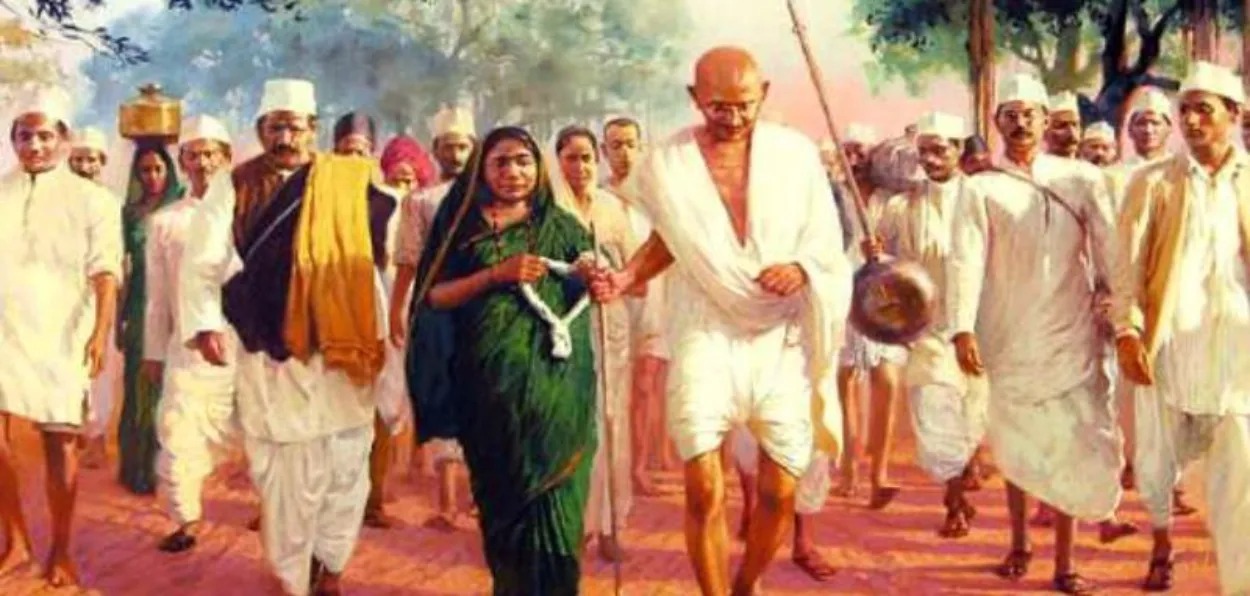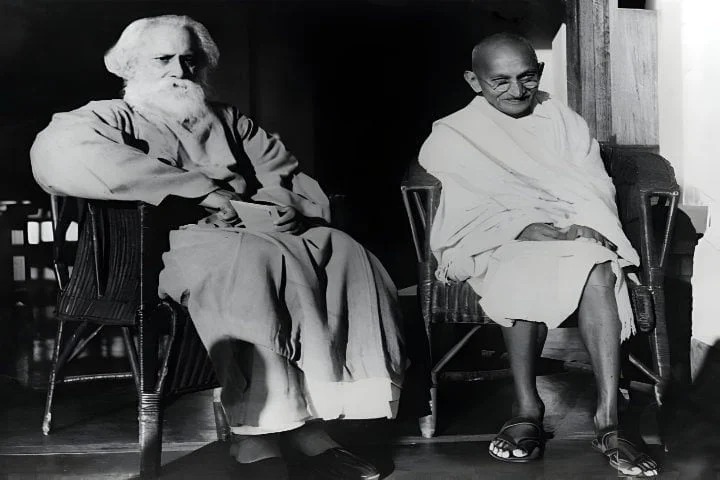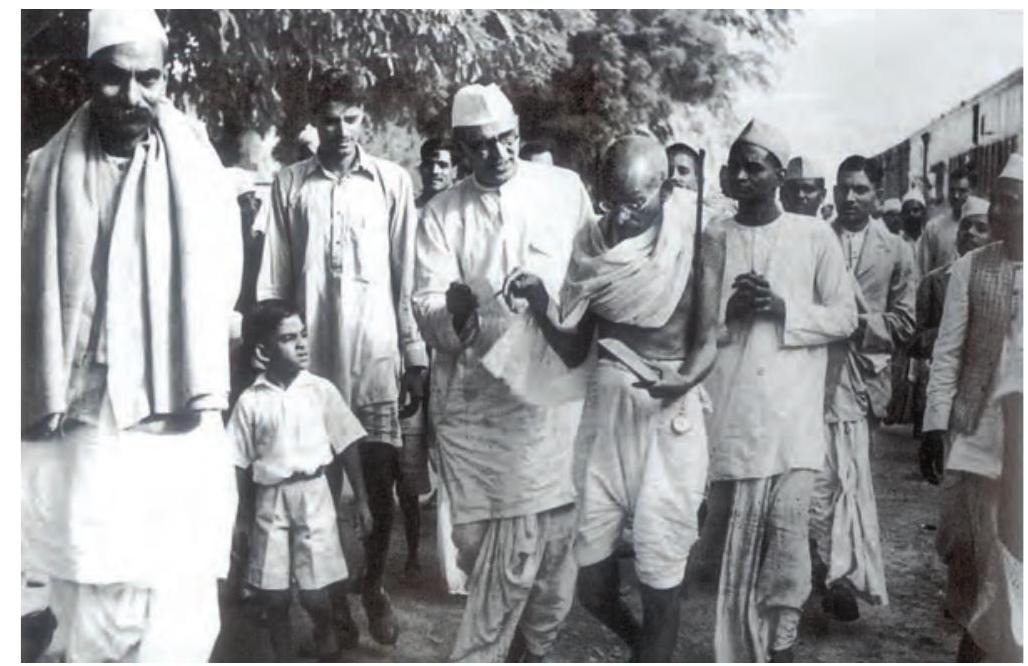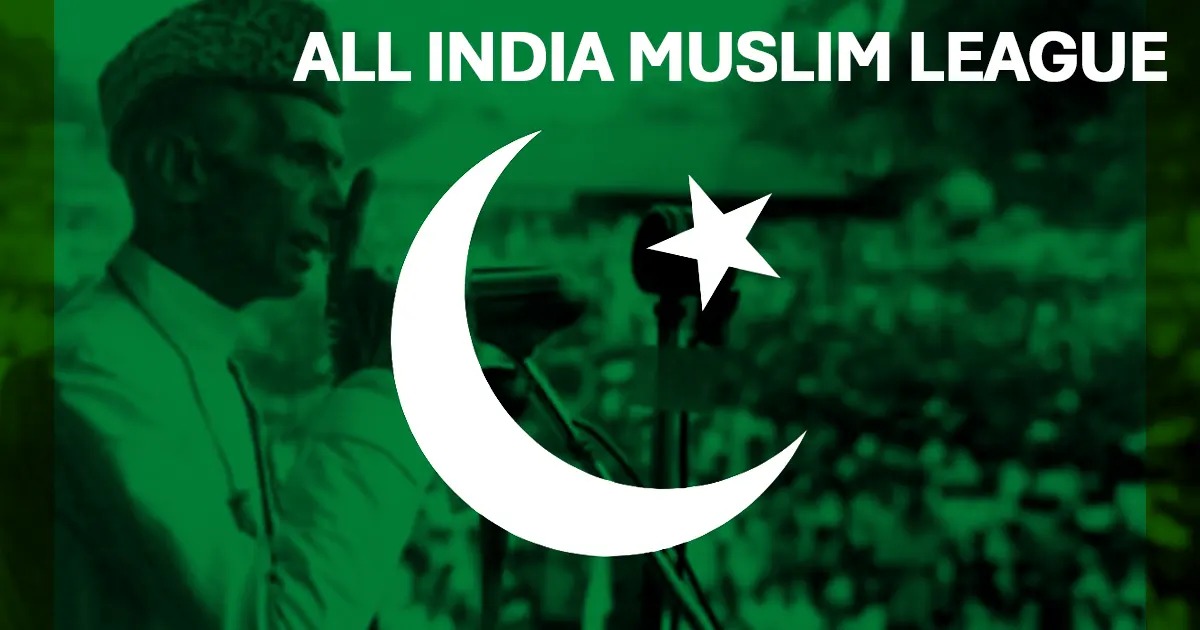Assassination of Mahatma Gandhi (1948)
Mahatma Gandhi was assassinated on 30 January 1948 at Birla House (now Gandhi Smriti) in New Delhi, when Nathuram Vinayak Godse fired three shots at point-blank range as Gandhi walked to his evening prayer meeting; he was 78 years old at the time. The killing occurred a little after 5 p.m. in the prayer-ground garden

